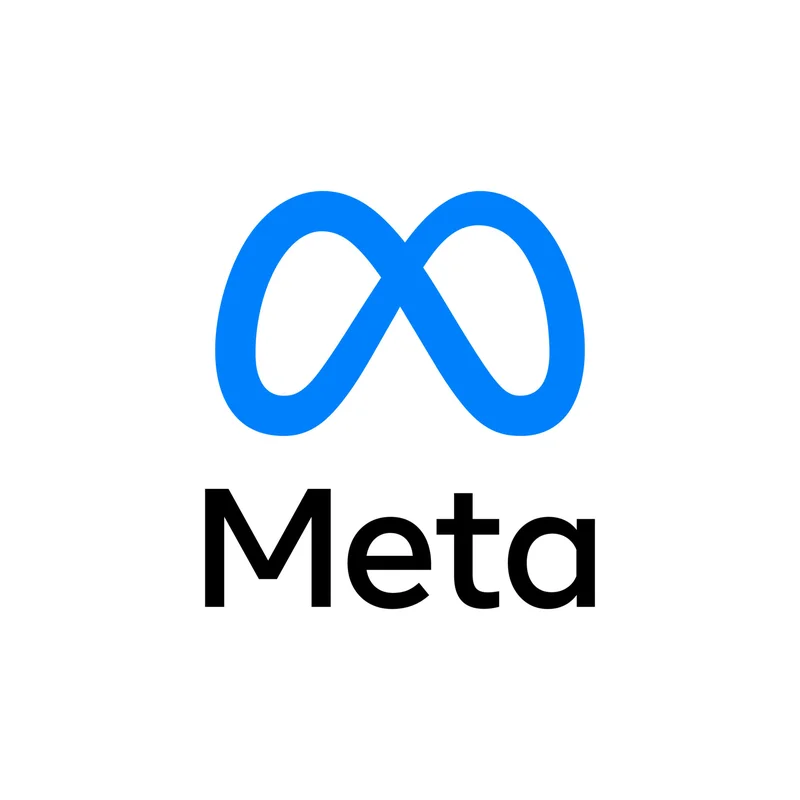Article Directory
Don't Fear the Cuts: Why Meta's AI Shake-Up Is the Most Exciting News of the Year
The headlines hit my screen like a splash of cold water. Meta lays off 600 from ‘bloated’ AI unit as Wang cements leadership. Immediately, the familiar chorus of doubt began. Pundits called it a “strategic reshuffle meant to please shareholders.” One consultant lamented that “the tech industry built its image on progress, but lately it's been recycling the same playbook: hype a new frontier, overhire, then slash jobs as the buzz fades.”
I get it. On the surface, it looks like a retreat. It feels like a contraction, a sign that the AI gold rush is over before it even truly began.
But what if I told you this isn't a retreat at all? What if this is the sound of an engine finally catching, of a theoretical machine being wheeled out of the laboratory and onto the assembly line? When I first saw the news, I honestly felt a pang of disappointment for the brilliant minds whose work is being disrupted. But then, a deeper realization settled in. This isn’t the end of a chapter. This is the moment the story gets real.
The Crucible of Creation
Let’s be clear about what’s happening here. The layoffs are concentrated in Meta’s legacy Fundamental AI Research unit—or FAIR, as we know it. Think of FAIR as the brilliant, blue-sky cartographers who were sent out to map a vast, unknown continent. Their job was discovery, exploration, and charting the theoretical possibilities. They were sketching the mountains and rivers of artificial intelligence, asking "What could this new world look like?"
But now, Meta is shifting its focus. It’s moving from mapping the continent to building the first city.
This is a profoundly different task that requires a different kind of team. You don't need hundreds of cartographers to lay the foundation of a skyscraper. You need engineers, architects, and builders—people focused on application, integration, and scale. As Rebecca Homkes from the London Business School noted, this is less a pullback and more a consequence of the company's "initial learnings with the technology." They've learned enough to know where they want to build.

This is the messy, uncomfortable, but absolutely necessary transition from pure research to mass-market reality. It's like the early days of the space race. First, you have the physicists and theorists calculating orbital mechanics on chalkboards. But eventually, you need the engineers and technicians who can actually build the rocket. Meta is building the rocket. The memo from Scale AI's CEO Alexandr Wang, hired by Meta before this shift, said it all: the goal is to "integrate and scale" the research into "larger model runs." This isn't about saving money; it's about focusing fire.
The Uncomfortable Price of Progress
Of course, none of this makes it easier for the 600 people whose roles are being eliminated. This is the human cost of a paradigm shift, and we can't just gloss over it. These are the researchers who laid the very groundwork for the products now being prioritized. This is the kind of breakthrough that reminds me why I got into this field in the first place, but it also brings a heavy dose of responsibility. We have an ethical obligation to support the pioneers whose foundational work makes the next wave of innovation possible.
The shift raises some profound questions we have to grapple with as an industry. What is the future of pure, curiosity-driven research inside massive corporations that are beholden to quarterly earnings? If the people sketching the maps are seen as expendable once the treasure is located, who will fund the next generation of map-makers for territories we don't even know exist yet?
This move is a signal flare, an indicator that the entire industry is being forced to mature at a blistering pace. It's a sign that AI is no longer a "what if" but a "how-to," and the pressure to deliver tangible, scalable products is immense. This isn't just about one company's balance sheet, it's about the entire field moving from a phase of sprawling, decentralized discovery into a new era of focused, high-stakes execution, and you can feel the ground shifting under our feet.
It’s an uncomfortable process. It involves tough decisions and real-world consequences. But it's also the only way true revolutions happen. You can't stay in the lab forever. At some point, you have to turn the science project into a tool that changes the world. That's what Meta is trying to do. They’re trading some of their dreamers for builders, not because the dreams weren't valuable, but because it's time to make them real.
This Is What Acceleration Looks Like
Let's cut through the noise. This isn't a sign of failure. It's a sign of success. It's the painful, awkward, and thrilling metamorphosis of a technology shedding its theoretical skin to reveal the powerful, world-altering force it is becoming. We are witnessing the moment AI stops being an academic curiosity and starts being the engine of our future. And frankly, I can't wait to see what we build with it.



